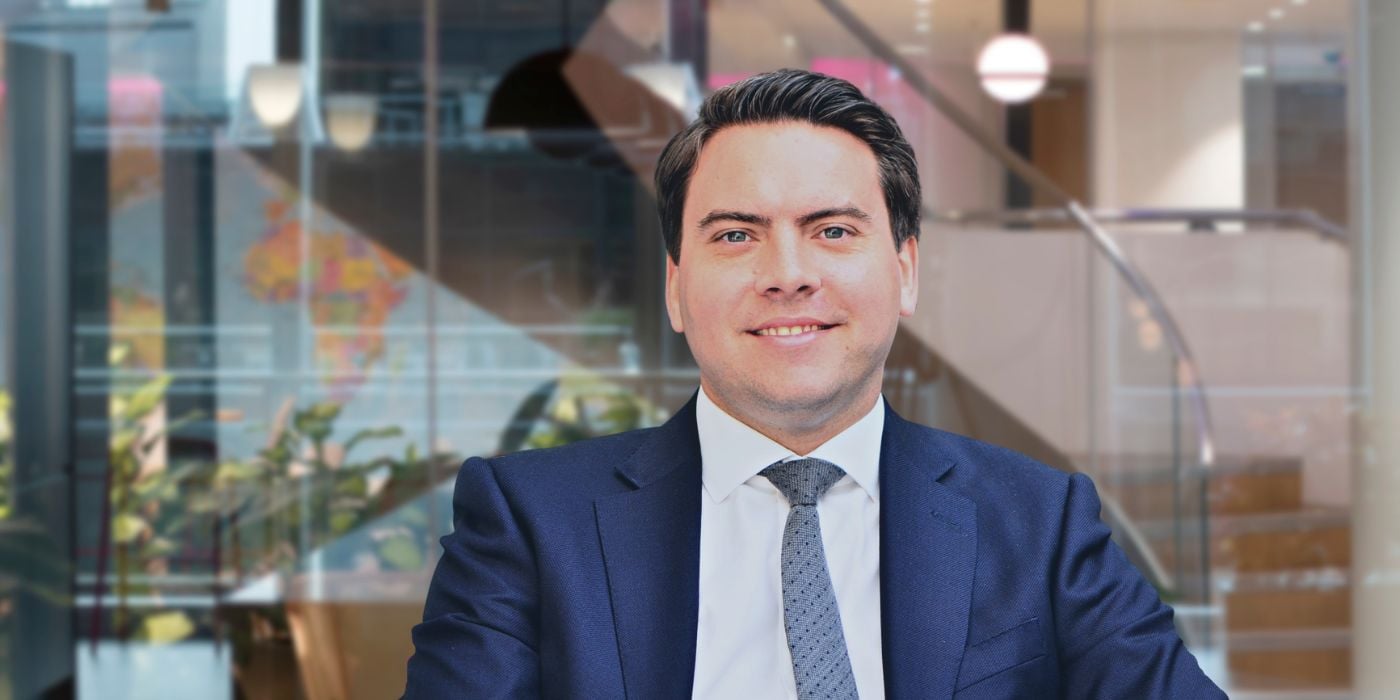What parallels can be drawn between financial services and Formula 1? Mark Crowhurst looks at how firms can apply Formula 1 thinking to their risk management strategy.
Insular risk management can lead to catastrophic consequences. Find out how we're de-risking risk in financial services.
I was catching up with a friend who worked for a Formula 1 team. We got to talking about the risk and compliance framework they operate under – well that, and how the car could go faster! It really opened my eyes to how much financial services could learn from his industry.
When it came to risk management, Formula 1 used to rely heavily upon past personal experience and education – based on ‘group think’ and pre-conceived ways to manage risks. There were no restrictions on budgets, and some teams even sought to circumvent regulation to optimise performance.

That all started to change after the deaths of Roland Ratzenberger and Ayrton Senna in 1994. Yet, even with major advances in safety, the 2014 Grand Prix at Suzuka went ahead in heavy rainfall due to commercial pressures. It resulted in higher risks than appropriate being taken, leading to another fatal crash.
Since Suzuka, the sport’s approach to risk has evolved even more significantly. Risk management is process-driven, embedded into everyone’s roles and responsibilities with duties clearly segregated. Today, teams like Red Bull base their decisions on hard data, not gut instinct, using stochastic models to simulate scenarios that consider the inter-connection of risks that teams face. They use real time information which considers internal car factors and external racing conditions to provide drivers with the timely relevant information with which they can mitigate risks and optimise their performance.
This means that cars now drive faster but operate within an incredibly well-regulated environment that constantly evolves based on new learnings. The impact on risk has been immense – the cars are faster and safer than ever, with no deadly accidents since 2014.
So, how does this all relate to financial services?
I see many parallels between the worlds of F1 and financial services. Both operate with tightly fixed budgets in a highly regulated environment, where the consequences of failing to properly manage risk are huge and visible to millions. Yet, whereas Formula 1 has arguably evolved to strike that fine balance between making money and managing risk, it feels like many financial services firms still have some ways to go in achieving the same.
As events show, financial risks do not operate in isolation, yet most institutions segment, manage, and own risks within individual teams. These teams rely on their own bespoke tooling and ways of working, often keeping separate data sources with differing governance models. Much of the change being pursued in these teams is a result of budgets allocated to address new regulation or remediate a supervisor’s findings, often at the expense of business-led optimisation.
Such an imbalance can create further issues, as the business starts to anticipate risk frameworks as a “check-the-box exercise”. This is driven by some Chief Risk Officers (CROs) feeling pressured by supervisors to focus solely on the regulatory agenda. However, regulators work on consensus with the market. Their decisions are often driven by political and public pressure, which in turn is driven by experience of the past.
This approach does not naturally lend itself to agile responses to new events. Nor does it provide the remit to allow an integrated approach that considers the interdependencies between risk types and the complexity that results from responding to changing circumstances as they arise.
Market conditions evolve more quickly – social media, AI and algorithms drive asset prices, alongside political and public sentiment – which creates a complex set of potential scenarios. This increases the scrutiny on organisations and how they mitigate risk. Managing this complexity becomes even more challenging in stressed conditions.
What CROs and their organisations can learn from F1 thinking
As Formula 1 has shown, collaboration and preparation are key to staying ahead of complex, interconnected, and constantly evolving risks. It’s not about looking backwards to past experiences, but looking forwards to the next likely threat on the horizon.
But how do you equip your organisation with the tools it needs to steer a safe course through the challenges it will face – in a way that both delivers value for your business and meets your regulators’ requirements? Start by taking a closer look at the way your risk framework is set up.
Here are five questions to help guide that line of enquiry:
Question 1: Governance
How do you embed a robust governance structure aligned to a culture where everyone feels responsible for risk management, so that commercial pressures do not lead to undue risks?
Question 2: Data-driven models
What can you do to create data-driven risk models (that consider not only individual risks but their interconnection) to support decisions that optimise your risk performance?
Question 3: Leveraging AI
Can you leverage AI to analyse risks in real time and identify actions to drive higher quality outputs without human bias?
Question 4: Risk framework
How does your risk framework, and associated operating model, identify not only the risks you face but the opportunities that these may present?
Question 5: Budget management
Given finite budgets, how do you ensure that regulatory change delivers both compliance and business value?
By answering questions like these, organisations can put themselves in a stronger position to balance compliance and value creation. A well-considered risk framework also provides firmer foundations for risk preparation and response, which is essential for mitigating the negative impact when crisis does strike.
Over the next few months, I’ll be taking a look at the steps financial services firms can take to tackle these questions. Want to receive the latest updates direct to your inbox? You can subscribe to our newsletter for the latest news and insights from Baringa.
Subscribe to our financial service newsletter
Note: Baringa Partners LLP does not endorse or link our services to any of the companies referenced in this article. Any industry references are intended to be for comparison purposes only.
Get in touch
Want to learn more about how Baringa can help you build a more effective risk management framework? Don't hesistate to reach our via our contact form or directly to the author for more information.
Our Experts

Related Insights

When risks converge, do you know how your financial dominoes will play out?
Addressing the interconnection between risks isn’t just prudent; it's essential for firms to safeguard their financial stability and remain resilient in an increasingly unpredictable world. But how can organisations go about building that all-important view of interconnecting risks and their potential impacts?
Read more
Tackling your emerging risks
No one can know for certain what the future holds. But that’s no excuse for being unprepared when the worst does happen. We uncover how to build strong defences against emerging risks.
Read more
Modernising your 3LOD and risk culture
Financial services' risk functions can’t continue to rely on the same old strategies and solutions. Here are three key questions FS firms should ask to make sure their organisational culture is prepared to meet volatility.
Read more
The importance of culture for risk management
When we ask Chief Risk Officers (CROs) what they are worried about, they usually mention specifics like geopolitical risk, credit risk, and cybersecurity risk. But their biggest blind spot is often the most important factor that influences how these risks are managed: culture.
Read more